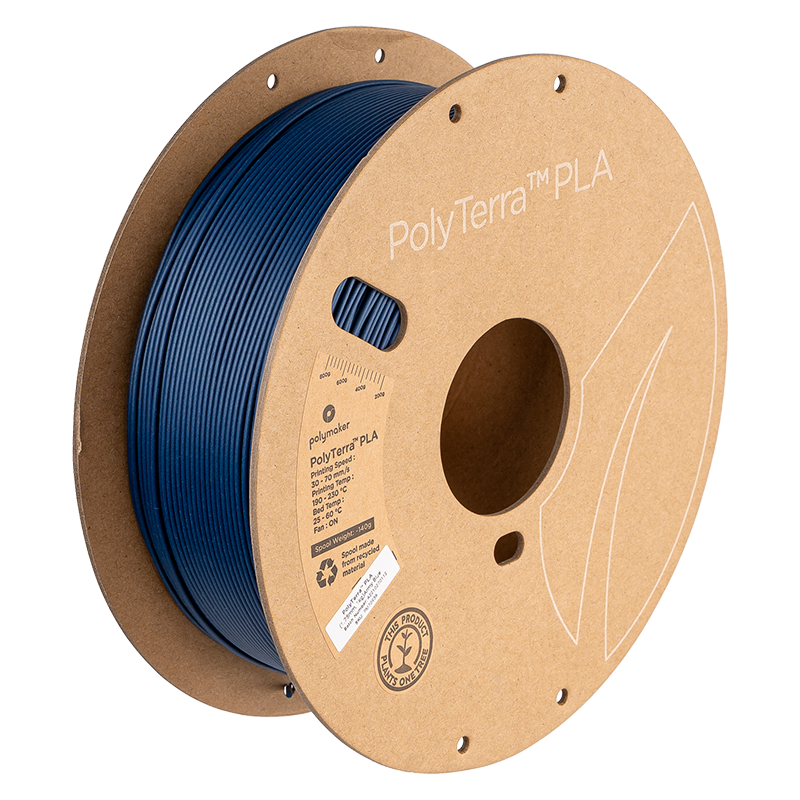When it comes to measuring the hardness of materials, Shore hardness is a widely used and reliable method. Whether you are in the manufacturing industry or simply curious about the properties of different materials, understanding Shore hardness can provide valuable insights. In this ultimate guide, we will explore what Shore hardness is, how it is measured, and its significance in various applications.
What is Shore Hardness?
Shore hardness is a measure of the resistance of a material to indentation or penetration by a specified probe. It is commonly used to determine the hardness of elastomers, plastics, rubbers, and other similar materials. The hardness value obtained through Shore hardness testing indicates the material's ability to withstand deformation under pressure.
How is Shore Hardness Measured?
Shore hardness is measured using a device called a durometer. The durometer consists of a spring-loaded indenter that is pressed against the material's surface. The depth of penetration of the indenter is then measured and converted into a hardness value on the Shore hardness scale.
Understanding the Shore Hardness Scale
The Shore hardness scale is divided into two main categories: Shore A and Shore D. Shore A is used for measuring the hardness of softer materials, such as rubber, while Shore D is used for harder materials, such as plastics.
Within each category, the scale ranges from 0 to 100, with higher values indicating greater hardness. For example, a material with a Shore A hardness of 70 is harder than a material with a Shore A hardness of 50.
Significance of Shore Hardness
Shore hardness is a crucial parameter in material selection and quality control processes. It provides valuable information about a material's mechanical properties, such as its flexibility, durability, and resistance to wear and tear.
By understanding the Shore hardness of a material, manufacturers can determine its suitability for specific applications. For example, a softer material with a lower Shore hardness may be ideal for applications requiring flexibility, while a harder material with a higher Shore hardness may be better suited for applications requiring rigidity and strength.
Applications of Shore Hardness
Shore hardness testing finds applications in a wide range of industries, including automotive, construction, footwear, and consumer goods. Here are a few examples:
1. Automotive: Shore hardness is used to assess the hardness of rubber components, such as seals, gaskets, and tires, ensuring optimal performance and longevity.
2. Footwear: The hardness of shoe soles is measured using Shore hardness to determine their comfort, shock absorption, and slip resistance.
3. Consumer Goods: Shore hardness testing is employed to evaluate the hardness of plastic products, such as phone cases, toys, and kitchen utensils, ensuring they meet safety and quality standards.
Conclusion
Understanding Shore hardness is essential for anyone working with materials that require specific mechanical properties. By knowing the hardness of a material, you can make informed decisions about its suitability for different applications. Whether you are a manufacturer, engineer, or simply curious about the science behind material hardness, Shore hardness provides valuable insights into the world of materials and their properties.



